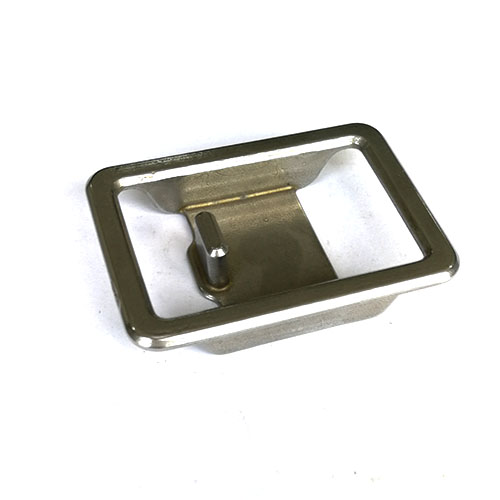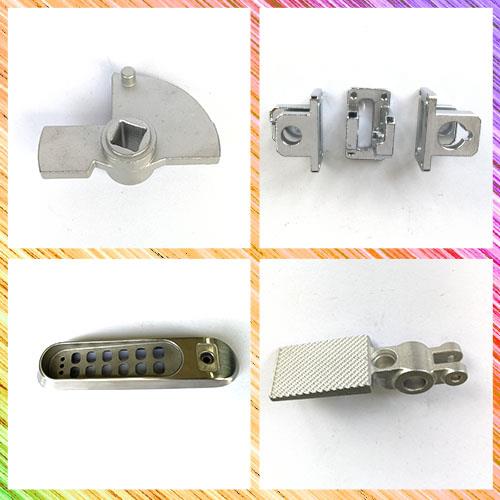
Stainless steel castings
Stainless steel refers to steel that is resistant to weak corrosive media such as air, steam, and water, and chemically corrosive media such as acid, alkali, and salt, and is also called stainless acid-resistant steel. In practical applications, steel that is resistant to corrosion by weak corrosive media is often called stainless steel, and steel that is resistant to chemical media is called acid-resistant steel. Due to the difference in chemical composition between the two, the former may not be resistant to corrosion by chemical media, while the latter is generally non-corrosive. The corrosion resistance of stainless steel depends on the alloying elements contained in the steel. The basic alloying elements of stainless steel include nickel, molybdenum, titanium, niobium, copper, nitrogen, etc., to meet the requirements of different uses for the structure and performance of stainless steel.
Carbon steel castingIt mainly refers to the steel-carbon alloy with the mass fraction of carbon less than 2.11% and without specially added alloying elements, also known as plain carbon steel or carbon steel. Carbon steel generally contains a small amount of silicon, manganese, sulfur, and phosphorus in addition to carbon. Generally, the higher the carbon content of carbon steel, the greater the hardness and the higher the strength, but the lower the plasticity.
The development of stainless steel casting technology enables investment casting not only to produce small castings, but also to produce larger castings. The outline size of the largest investment casting is nearly 2m, while the minimum wall thickness is less than 2mm. At the same time, investment castings are becoming more precise. In addition to linear tolerances, parts can also achieve higher geometric tolerances. The surface roughness of investment castings is getting smaller and smaller, which can reach Ra0.4μm.
For example, the same production of large-scale machine bed and other castings generally adopts the core assembly method, instead of making the pattern and sand box, the core is assembled in the pit; while in other factories, the sand box modeling method is used to make the pattern. Different companies have different production conditions (including equipment, site, staff quality, etc.), production habits, and accumulated experience. According to these conditions, we should consider what products are suitable and what products are not suitable (or not).


